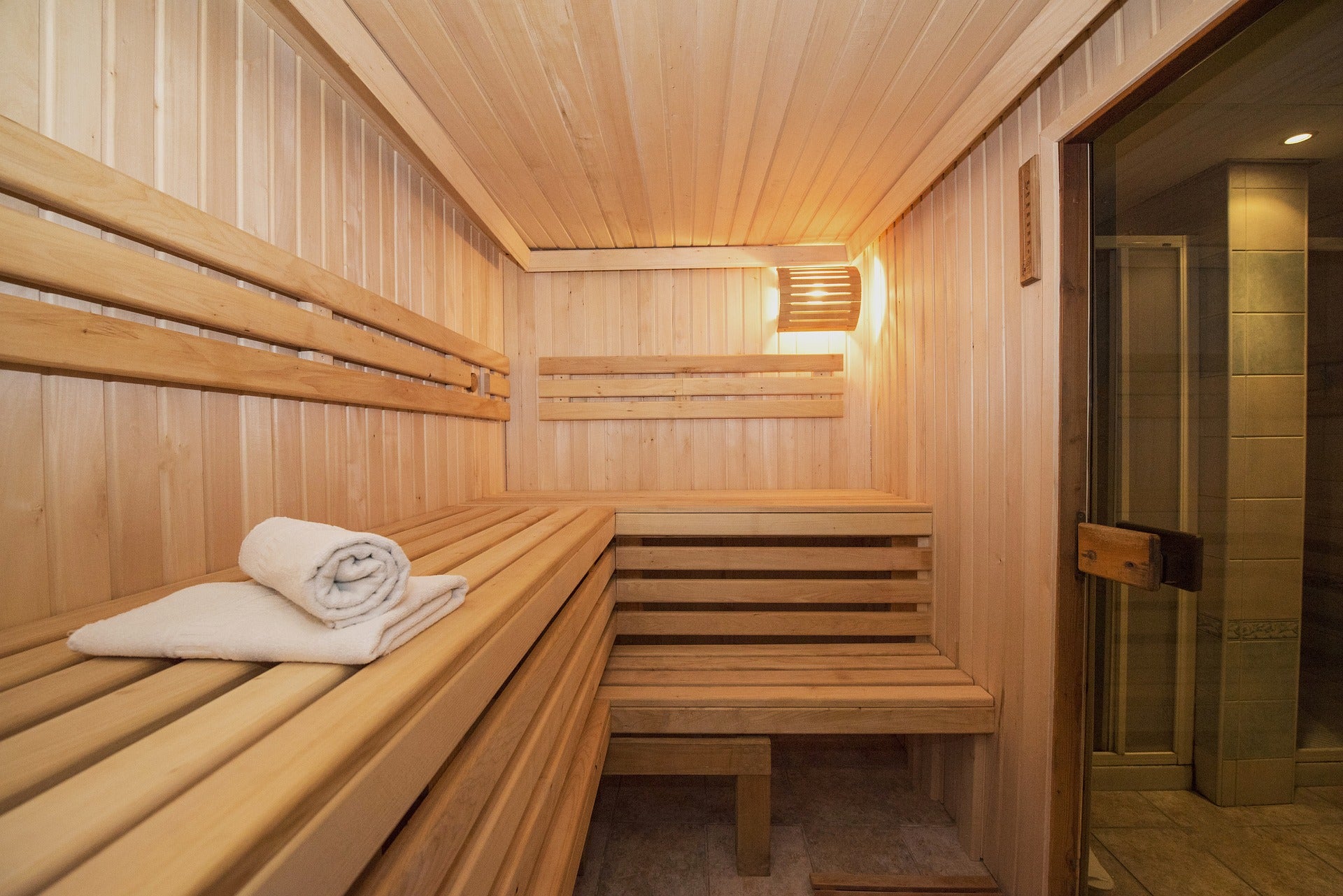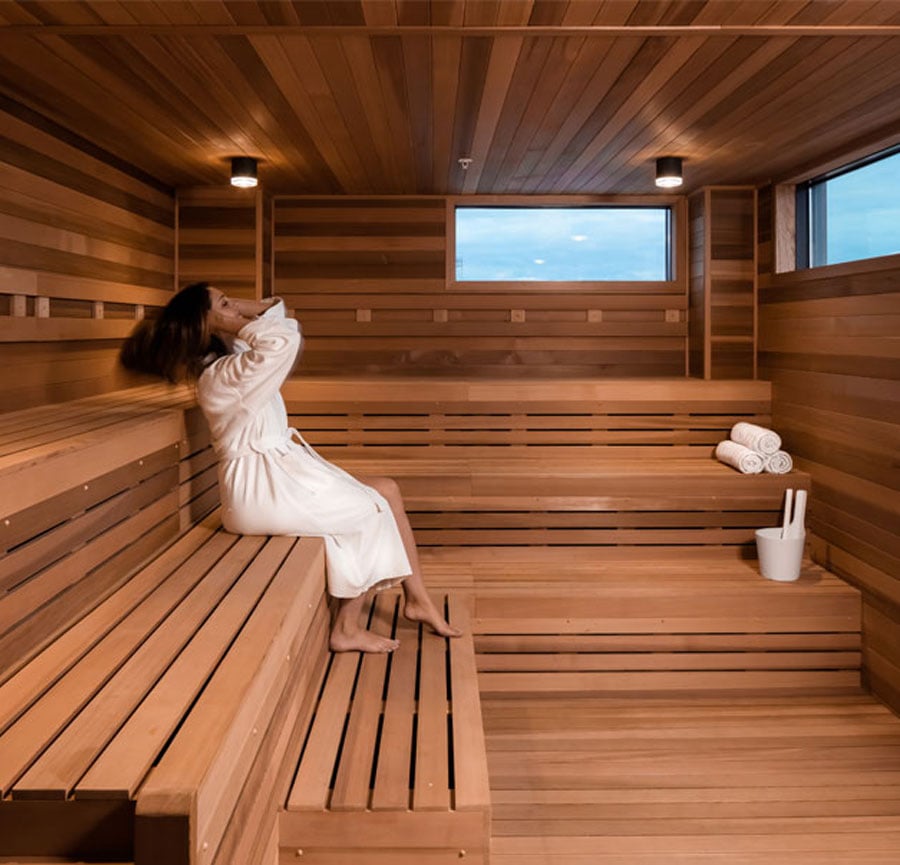What Does Traditional Sauna Do?
What Does Traditional Sauna Do?
Blog Article
The Buzz on Traditional Sauna
Table of ContentsThe Basic Principles Of Traditional Sauna The Best Guide To Traditional SaunaThe smart Trick of Traditional Sauna That Nobody is DiscussingEverything about Traditional SaunaThe smart Trick of Traditional Sauna That Nobody is Discussing
Most of the weight shed in a sauna is water loss and is re-gained upon rehydrating. Without a doubt sauna can be a crucial part of a healthy weight loss program. To consider the distinctions between conventional and IR saunas, I will separate these right into proven, theoretical, and made differences.Hence, the most popular factor in the saunawhich is at the ceiling straight above the sauna heateris commonly between 185 and 190 F. Claims that a typical sauna exceeds 200 F is merely not real and not relevant for electric saunas offered in the United States. The temperature level for a far-infrared sauna is usually established in between 120 and 140 F; nonetheless, unlike the conventional sauna, the objective in and IR area is not to accomplish a high temperature.
Because of this, the temperature distinction is practically unimportant, given that extreme sweating leads to both sauna kinds, yet the technique of heating up the body is different. In an IR sauna the bather will really feel warm and will certainly sweat a lot, however at a lot reduced temperature levels (Traditional Sauna). Hence, if the objective is to spend longer amount of times in the sauna, the IR sauna is a great option
When a typical sauna has been effectively warmed, the sauna wall surfaces are warm, the air temperature level has attained established temperature and the rocks are very heated. As a fascinating side note, the heated walls and the rocks are sending out far-infrared warm, incorporated with the heated air, to create an "enveloping heat".
All About Traditional Sauna

When the high temperature level is attained, the components cycle on and off to keep the heat. The majority of conventional sauna users delight in putting water over the rocks to develop vapor to increase sauna humidity levels. The benefits of pouring water over the rocks consist of: making the room a lot more comfy, moistening the nasal passages, and enabling the use of aromatherapy by blending important oils with the water.

When the energy goes into the body, it creates the body temperature level to raise and inevitably causes sweating. In an infrared sauna it is necessary for the emitters/heaters to remain on nearly continuously. Considering that there is no mass of rocks to preserve heat, the sauna will cool if the emitters turned off.
As pointed out over, the sauna bather in an infrared area desires to place himself in front of running emitters to obtain optimal benefit from the warm. The heating time for both rooms can be very different, relying on exactly how the spaces are used. For a standard sauna, a bather needs to enable 30-40 minutes for the space to attain a desired temperature and to correctly pre-heat the rocks.
Indicators on Traditional Sauna You Should Know
A well constructed sauna will generally achieve a temperature of More Info 150-160 F in regarding 30-40 mins. For hotter temperature levels, the room might require to heat for a longer period.

Traditional saunas often tend to be larger (for this reason make use of even more electrical energy) than infrared saunas, although traditional saunas are certainly offered in one and 2 person dimensions. For a two-person conventional sauna, 5x6 or 5x7 dimension is most prominent. The top bench can easily seat two or three people and is likewise long enough to exist down throughout the sauna session.
Traditional Sauna Can Be Fun For Everyone
The typical expense per kWH of electrical power in the united state is about $0.11, so a 4.5 kW heating unit will certainly cost approximately $.50 to run for check over here one hour, if the heating system runs continually for one hour. Generally a sauna heater will certainly run for 75% of the use this link very first hour and 50% of succeeding hours on given that the components cycle once the set temperature level is attained.

There is a rarely discussed distinction in the social experience between the two rooms. While our culture has actually lost several of the social benefit of the standard sauna experience, it can be really socially fulfilling (Traditional Sauna). From household time in the sauna, to heart-felt conversations with loved ones, to sauna partiesthe typical sauna experience can cause intimate interacting socially
Traditional Sauna Things To Know Before You Get This
Most higher end infrared areas consist of colored light treatment, sound systems and full-glass fronts.
Report this page